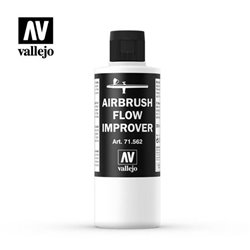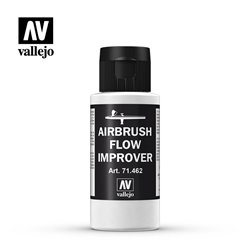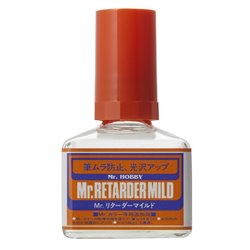There are a number of different options for attaching figures such as a horse and rider to a layout. Perhaps the...
No products
Product successfully added to your shopping cart
There are 0 items in your cart. There is 1 item in your cart.
Search Tips
What is the difference between a Flow Improver and a Flow Retarder and when would I typically use them?
Flow improver and flow retarder are both additives that can be added to acrylic paint when airbrushing to help improve the paint finish. However, they both work in different ways, so it is good to understand the difference between the two.
Flow improver: Flow improver is used to improve the flow and levelling properties of acrylic paint when used with an airbrush. It achieves this by reducing the surface tension of the paint without reducing or weakening the flow of pigment. This makes it especially useful in allowing it to flow into panel lines and follow surface features, helping to accentuate these features more fully when the paint is dry. It is typically used to achieve a flawless finish, especially when painting large surfaces.
Flow retarder: Flow retarder is an additive that is used to slow down the drying time of paint in an airbrush. Acrylic paint tends to dry very quickly, sometimes on the needle of the airbrush itself. This can cause flow problems, uneven paint finishes and in some cases splattering of paint. Using a flow retarder will ensure that the paint will not dry prematurely before it reaches the model, thus improving the effectiveness of the paint finish. Modellers can also take advantage of the slower drying time to blend in other colours and pigments if required or use a Retarder on any other occasion where a longer drying time would be beneficial.
Click here to receive the tips weekly in your mailbox. You can unsubscribe at any time.










